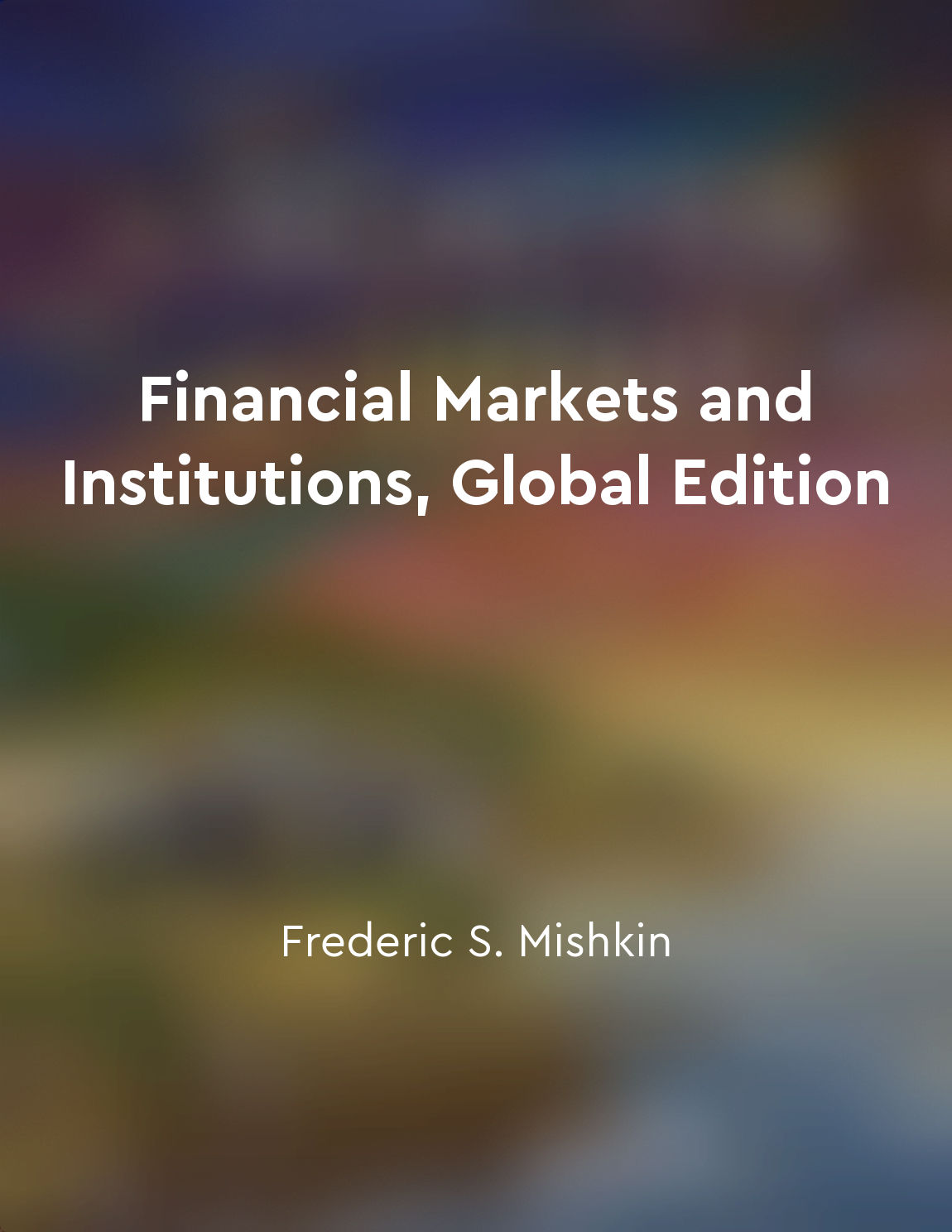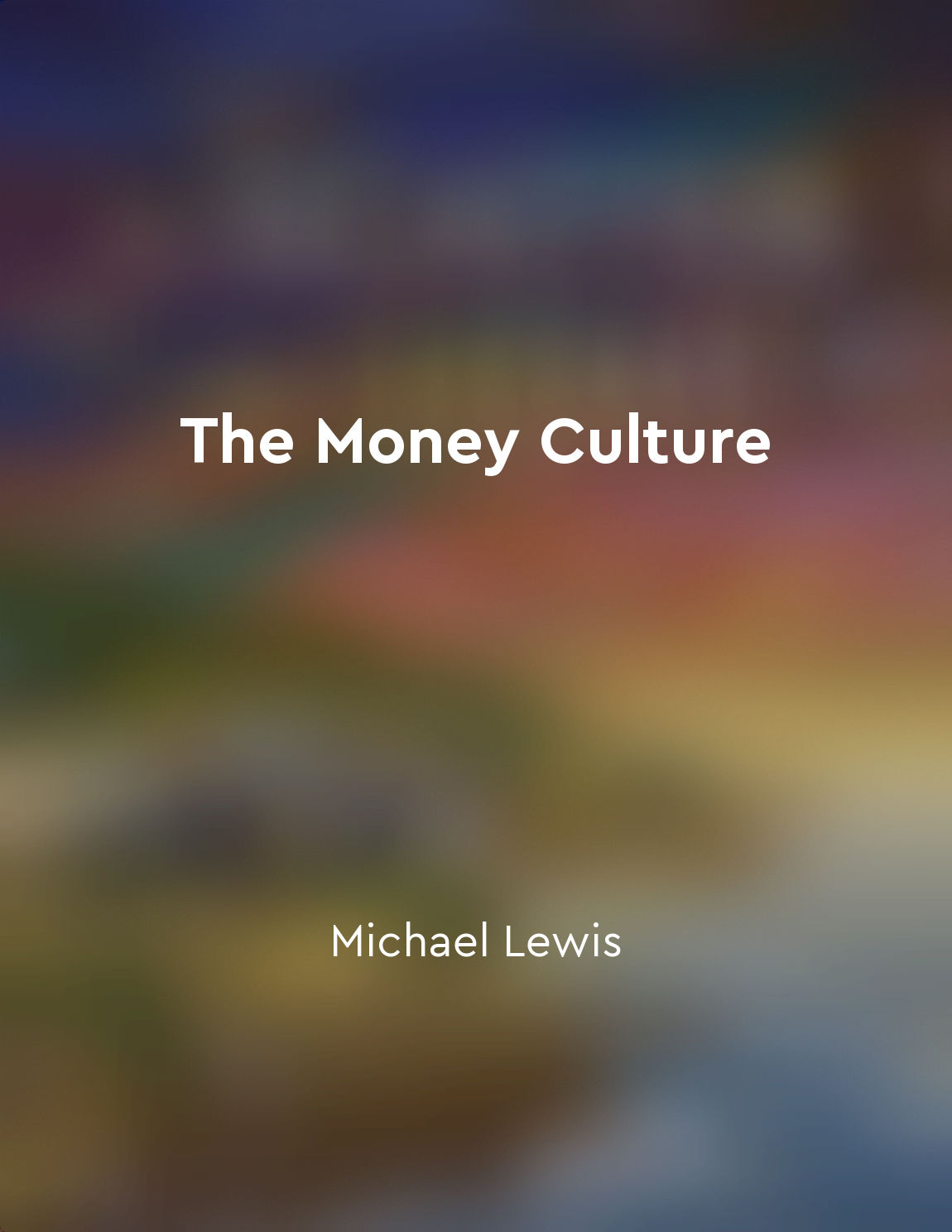Audio available in app
Banks mask risk through complex financial instruments from "summary" of The Big Short: Inside the Doomsday Machine (movie tie-in) by Michael Lewis
Banks had many ways to disguise risk. They could, for example, buy insurance on the bonds they owned. If the bonds defaulted, the insurer would pay up. Thus, the risk appeared to be elsewhere, with the insurer, rather than with the bank. This kind of insurance was known as a credit default swap. It was not an insurance policy in the traditional sense of the term. It was a bet. A hedge fund could, for example, buy insurance on a bond it did not own. If the bond defaulted, the hedge fund would collect many times the amount of the insurance policy. The banks created a market for these bets. They made the bets so complicated that the people who bought them didn't fully understand the risks they were taking. The people who sold the bets didn't fully understand the risks either. The complexity of these bets made it difficult to assess the true level of risk in the financial system. It was like a game of pass-the-parcel, with the music playing louder and louder. Everyone was making money; no one wanted to stop the music. The banks made huge profits from selling these complex financial instruments. They used the money to make more bets. The banks were like gamblers who had won big at the casino. They kept doubling down, thinking they were on a winning streak. But the game was rigged. The risks were hidden, disguised, masked. And when the music stopped, the losses were catastrophic. It was a financial meltdown of epic proportions. The people who had bet against the banks, who had seen through the smoke and mirrors, were the ones who profited. They were the ones who had the courage to go against the crowd, to swim against the tide. They were the ones who had understood that the risks were real, that the emperor had no clothes. They were the ones who had seen the truth behind the facade of complexity and deception. And they were the ones who came out on top when the dust settled.Similar Posts
International financial markets are subject to volatility
International financial markets are subject to volatility due to various factors that can cause sudden and unpredictable change...
Quantitative methods are used to analyze financial data
Quantitative methods play a crucial role in the world of finance by providing a systematic way to analyze financial data. These...

Economic growth is driven by investment and innovation
Investment and innovation are two key drivers of economic growth. When businesses invest in new equipment, technology, or infra...

Globalization has interconnected markets across borders
Globalization has profoundly transformed the nature of financial markets, creating a highly interconnected global financial sys...
Derivatives markets provide tools for managing currency risk
Derivatives markets play a crucial role in offering tools for managing currency risk. Currency risk arises from fluctuations in...

Urgent need for reform in money culture
The money culture is a world where the pursuit of profit often trumps ethical considerations. It is a place where greed reigns ...
The enduring legacy of the 2008 financial crisis
The effects of the 2008 financial crisis have been long-lasting and far-reaching, leaving an indelible mark on the global econo...
The complexity of the financial instruments at play
The world of finance can be a confusing and convoluted place, filled with complex instruments and transactions that can be diff...

Economic growth is driven by investment and innovation
Investment and innovation are two key drivers of economic growth. When businesses invest in new equipment, technology, or infra...
